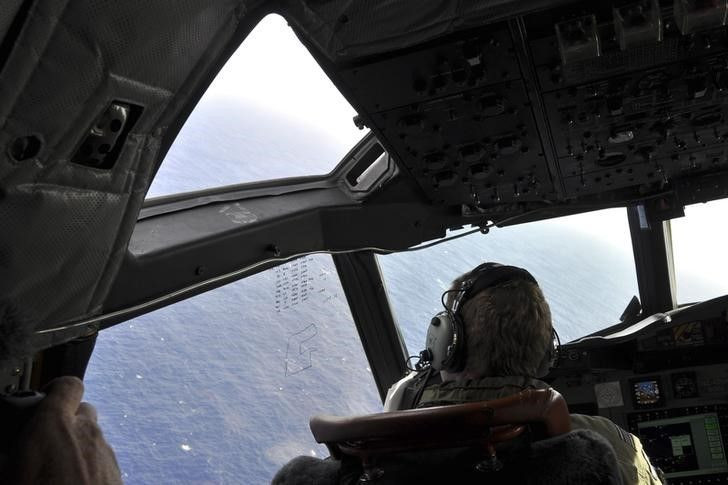MH370: ‘No Hotspot’ - Inmarsat Official Makes Contradicting Statement

Chris McLaughlin, senior vice-president for external affairs at Inmarsat, made a contradicting statement against what scientist Chris Ashton told BBC's Horizon programme.
Ashton said that searchers have yet to scour possible Indian Ocean crash site or the 'hotspot.'
"It was by no means an unrealistic location but it was further to the north-east than our area of highest probability," Ashton told BBC's Horizon programme.
However, when McLaughlin was asked about the location of the hotspot where MH370 most likely came down, he said pointblank that there is no hotspot.
"There is no "hotspot." The comment made by Inmarsat scientist Chris Ashton on the BBC's Horizon program refers to a large area of ocean and should not be thought of as a small defined point. We can only identify an approximate course based on the very limited data available to be extrapolated from our network. The search area will be extensive and very difficult," McLaughlin told DW.
McLaughlin said Inmarsat was not able to calculate a specific location, but what they calculated was a probable direction of travel "which has been independently agreed upon as the best fit for the data available by other professional bodies."
"We gave initial data to the investigation within three days of the loss, through the data owner to the correct authority. Some two weeks later, following further investigation and modelling, coupled by independent review by other parties, we gave our suggested path for a southern route and this was announced by Malaysian authorities subsequently," McLaughlin explained.
Ashton told BBC's Horizon programme that search officials were mislead by false pings during the first phase of the search for MH370 that they were not able to search on the most likely crash site.
Australia's Joint Agency Coordination Centre (JACC) argued that its decision at the time was "based on the best information and analysis available at that time," including from Inmarsat.
"The location was identified by the satellite communications sub-group, which included accident investigation agencies from the USA and the UK along with their technical advisers, including from the aircraft manufacturer, the satellite manufacturer and Inmarsat as operator of the satellite," JACC said in a statement.
"Based on analysis at the time, it represented the most likely location of the aircraft," the agency added.
JACC on Wednesday said that for the new search area will be announced before the end of June "after completion of extensive collaborative analysis by a range of specialists."
"It is already clear from the provisional results of that analysis that the search zone will move, but still be on the seventh arc (where the aircraft last communicated with satellite), JACC assured.





















